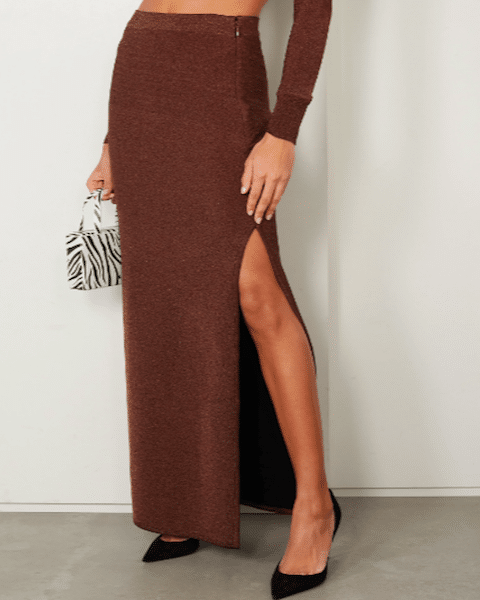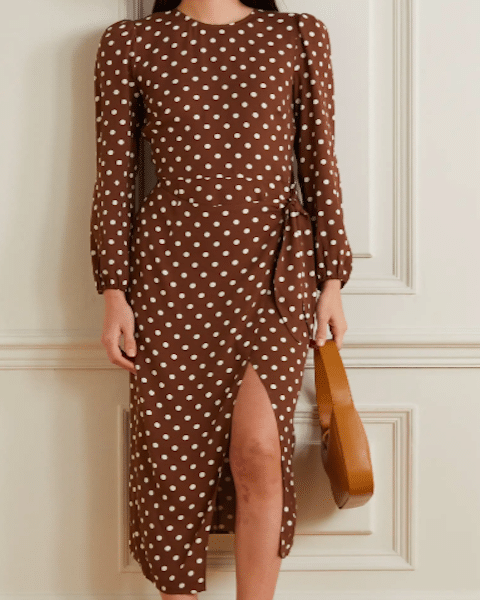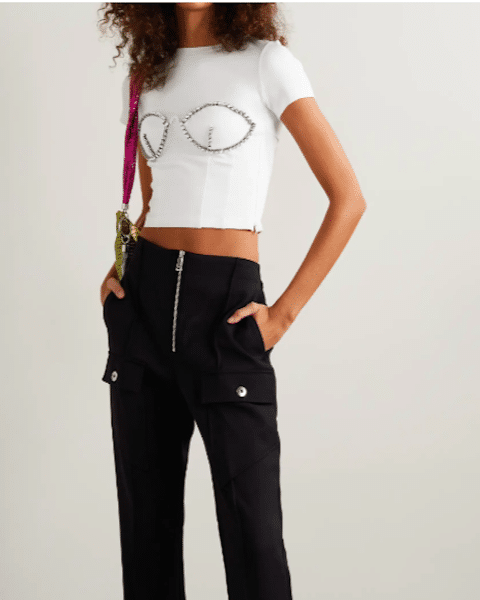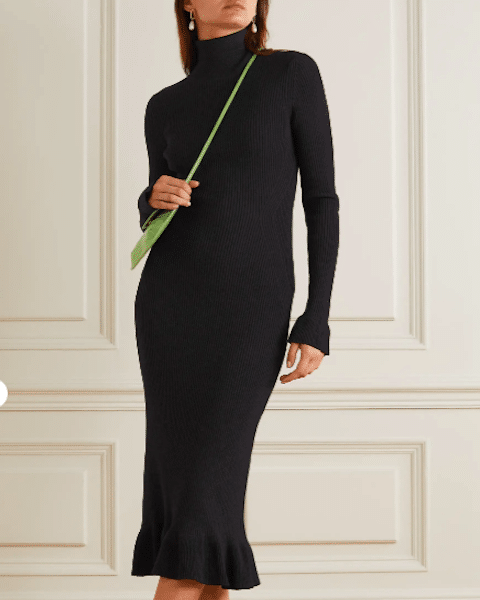
Understanding the fabrics your clothes are made from is fundamental in knowing how to care for them, where to store them and when the best time of year to wear the garment is—we all know wool and summer do not mix. One favourite material used widely throughout the industry is the versatile fabric that is Rayon.
An umbrella term for a group of fibres made from cellulose, Rayon is one of the most agile fabrics on the market, used across garment production from activewear to gowns to everyday staples, like jeans and shirts. But, what is Rayon and how many different types of it are there? Read on as we break down the origins of the fabric and how you can care for it.
What is rayon and how is it made?
Rayon is made from purified cellulose fibres, typically created from wood pulp, a low-cost fibre that is easy to work with and allows the use of the material to diversify. The wood pulp is typically obtained from pine, spruce of hemlock trees, then blended with cotton linters, which are residual fibres that cling to cotton seeds after the ginning process.
As one of the most versatile fabrics utilised in garment production, Rayon has been known to mimic the properties of silk, wool, cotton and more, and can be used to produce an array of clothing. While it is labelled as a synthetic fibre, Rayon is technically semi-synthetic due to its originating natural compound. Semi-synthetic materials are a hybrid of part-natural, part-synthetic fabrics.
Are there different types of the fabric?
Under the umbrella of Rayon comes three different fabrics, including:
- Viscose rayon: Viscose is a semi-synthetic Rayon fabric produced using wood pulp as a substitute for silk, used for its similar drape and slinky feel to the material. It is commonly employed in the production of active and leisurewear clothing due to its breathable nature, and can be blended with natural and synthetic fibres in production. Viscose is the most common type of Rayon, however has the lowest wet strength out of the three types, so is most likely to shrink or lose shape while washing.
- Modal: Modal fabric is made from beech tree pulp and is commonly used for producing underwear and pyjamas. It is often blended with other fibres, including spandex and cotton, for additional strength. Modal is typically the most expensive of the three types of Rayon, due to its soft feel and texture.
- Lyocell: Also made with beech trees, Lyocell is similar to cotton and linen, and is commonly fused with the fabrics, making it a cool material ideal for warmer days. It is the most absorbent of the three types, meaning it absorbs moisture from the skin while still ensuring the wearer is dry and cool.
Where does Rayon originate from?
Rayon has quite a lengthy history, finding its origins in the 1800s. Towards the end of the 19th century, the price of silk rose to new highs, making the material less accessible. In need of an alternative, the concept of Rayon was theorised by Swiss chemist, Georges Audemars, with the fabric patented in 1855 as a proposed alternative to silk. The fabric continued to evolve, showing at exhibitions and refining its concept, and more than a century later in the 1980s, Rayon reached peak production with a market share greater than 20 per cent.
How do you take care of garments?
When laundering your Rayon garments, a little extra consideration can go a long way. As the fabric is often blended with other materials, washing procedures can become convoluted and vary significantly for every item.
While its versatility makes it an ideal fabric for constructing multiple garments, it isn’t to most durable material on the market and a machine wash may cause your Rayon garments to lose shape or for the colour to bleed. As such, it is recommended you hand wash Rayon, however, checking the care label of the garment will provide you with the correct way to launder every individual piece.
Is rayon biodegradable?
As mentioned, Rayon isn’t a completely natural material however, it does have the ability to biodegrade. In a study examining the decomposition of cellulose fibres, Rayon was found to biodegrade faster than cotton. It has also been found to break down quicker if broken up in small pieces in at-home compost bins.
However it does need to be acknowledged that as Rayon isn’t a completely natural fibre, the material does have an environmental impact particularly on the trees from which the wood pulp used in its production is taken.
Below, we've rounded up our five Rayon-produced garments for you to trial the versatile fabric at home.
Herve Leger Metallic Reycled Maxi Skirt

Staud Dolce Strech-Jersey Midi Dress







